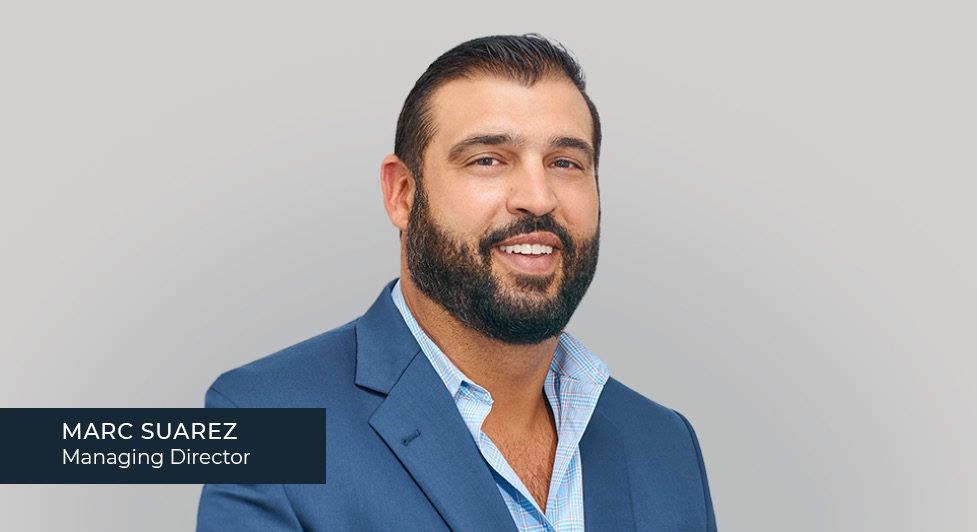Insurance costs for multifamily investors—particularly in areas like Florida, Texas, and California—are up sharply this year, and in some cases could more than double. Extreme weather, exacerbated by climate change, is a major culprit. Faced with unprecedented claims from hurricanes, tornados, and wildfires in 2022, the insurance industry raised premiums, exited high-risk markets, and limited coverage.
These changes have sparked urgent calls by the National Multifamily Housing Council (NMHC) and other industry groups for governments to assume more of the risk and incentive greater participation by carriers. But in the meantime, navigating through this situation will require owners to exercise ingenuity and careful planning.
The Insurance Environment Changes with the Climate
Multifamily investors had come to expect regular, inflation-driven increases in insurance costs, but the recent rate spikes have caused widespread consternation. The logic behind these hikes, however, is inescapable. Climate change has altered the equation for insurance companies. For instance, after devastating Florida’s Gulf Coast in September 2022 and taking more than 140 lives, Hurricane Ian became one of the costliest storms in U.S. history, with insured losses pegged between $50 billion and $65 billion. All in all, the U.S. suffered 18 climate-related disasters last year according to the National Oceanic and Atmospheric Administration on the heels of 20 climate-related disasters in 2021.
The new premiums also reflect a housing shortage that has driven up valuations and inflation and supply issues, both of which have increased replacement costs. Furthermore, the performance of the long-term bond market in recent years has meant that insurers have had to rely on underwriting to make up these costs.
In addition to rising coverage costs, insurers are imposing deductible increases, payout limits, and new exclusions for certain damages, including mold and flood endorsements. Many private insurers are also curtailing their wind coverage, forcing property owners to pile separate windstorm policies on top of their other policies to reach replacement cost values required by lenders.
Managing and Controlling Risk
Owners and operators in many of these markets “are now in the risk-management and risk-control business,” one insurance industry panelist noted during an early June NMHC webinar. The sense of urgency during that event was palpable.
One approach is to assume part of this risk. According to the 2023 NMHC State of Multifamily Risk Survey & Report, 61% of respondents indicated they had increased their deductibles in the past three years to maintain affordability.
Other owners have taken steps to reduce risk. Multifamily sponsors concerned about exorbitant insurance renewals should take immediate stock of their biggest risks and most pressing costs with every property they own and operate. Secure roofing is a focal point for multifamily owners and borrowers taking proactive measures. One of the first things insurers, agencies, and some lenders are going to assess is how secure and weather-proof a property’s roof is, according to property insurers and other industry experts.
A third strategy is to find ways to reduce insurance costs by working with insurance brokers to find better deals and developing cost-sharing solutions. For instance, Institutional owners with LPs and other equity partners are starting to negotiate new terms with their insurers and lenders while looking into more flexible capital structures to cover rising costs.
Owners are not the only stakeholders pursuing collective solutions. Lument and other lenders are engaged in talks with insurers and agency partners. Among the items on their agenda, taking a more nuanced look at the global reinsurance market, which is projected to exceed $1.3 trillion by 2031.
Regardless of whether they chose one or all of these approaches, it is essential for multifamily owners to have a data-based sense of their own position. This means running the numbers that place a property’s insurance coverage and climate resilience in the context of its financial stability.
Finding a Sustainable Solution
For the time being, the only option for multifamily owners is to devise case-by-case assessments and temporary coverage solutions, but there is clearly a limit to what they can do. It is high time for new insurance solutions that protect owners and operators from paying so much in insurance that ownership no longer pencils out.
Many multifamily professionals now say that less stringent coverage options—such as collective loss-sharing and more customized agency insurance programs—are desperately needed to help cover essential costs for owners without putting a strain on their tenants. This rings especially true for entrepreneurial mid-market sponsors, who mostly rely on their own capital for operations, upgrades, and property management and who may opt, otherwise, to pass those costs along to tenants.
No doubt about it: finding a solution is imperative. Almost $1.5 trillion of U.S. commercial real estate debt comes due before the end of 2025—and defaults could have a significant effect on the U.S economy. While the largest debt concerns most center on troubled office and retail properties, rising multifamily defaults brought on by skyrocketing insurance costs could pose challenges for federal, state, and local government and the GSEs. However, if industry stakeholders use the next two years to work together to find practical and sustainable solutions, the U.S. multifamily sector, the countless tenants it serves, and the larger economy could come out stronger.
A version of this article appeared in GlobeSt.com.

